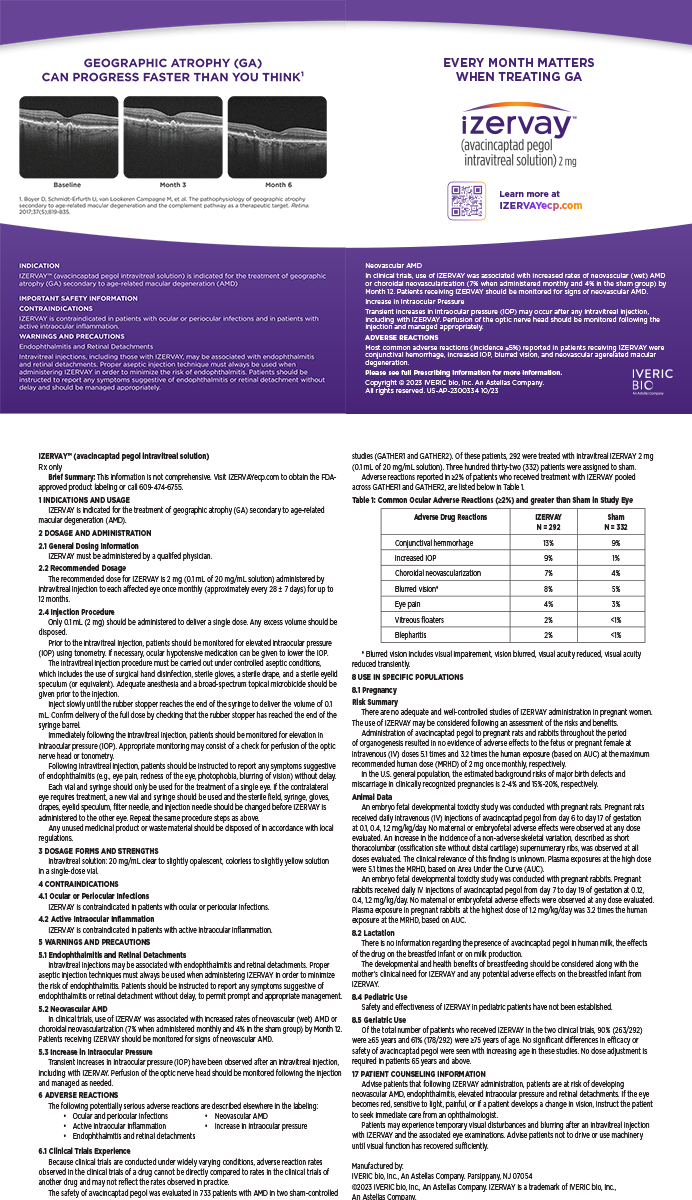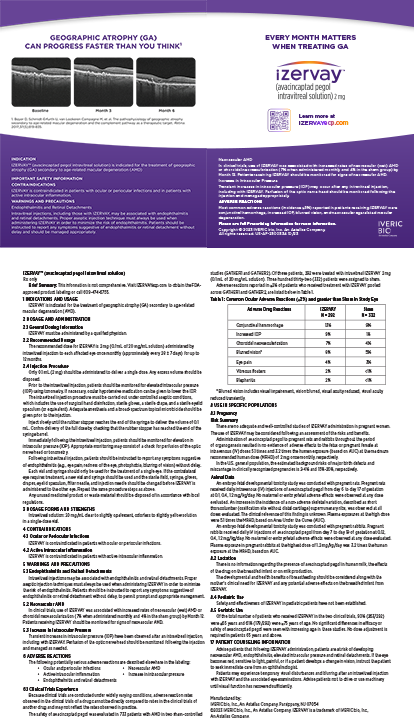Composites by Moria
Price Forceps, $70; manipulators, $35; speculum, $10
Company Moria, Inc.
Phone (800) 441-1314
Web www.moria-surgical.com
Key Features
- Features tips of surgical steel with durable handles made from PEE K
- Multiple instruments can be replaced at a low price
- Sold in packs of six and include the most commonly used instruments in cararact and corneal surgery
Moria, Inc., introduced a new range of high-quality, reusable ophthalmic instruments that feature tips of surgical steel with durable handles fabricated from the composite polymer polyetheretherketone (PEEK). Used in demanding applications in the medical implant and aerospace industries, PEEK retains its mechanical and chemical properties even when exposed to high temperatures and challenging organic or aqueous environments, according to the company. Multiple instruments reportedly can be replaced at a price lower than that of one corresponding conventional all-metal instrument. Sold in packs of six, Composites by Moria include the most commonly used instruments in cataract and corneal surgery.
HD Analyzer
Price N/A
Company Visiometrics SL
Phone +34 93 736 32 10
Web www.visiometrics.com
Key Features
- Objectively analyzes optical quality
- Employs double-pass retinal imaging to measure light scatter
- C an be used for a variety of diagnostic scenarios for cataract and refractive surgery
Visiometrics SL launched the next generation of its Optical Quality Analysis System, the HD Analyzer, at the annual meeting of the European Society of Cataract & Refractive Surgeons in Milan, Italy. The HD Analyzer is a diagnostic system that objectively analyzes optical quality. The system provides a measure of light scatter that is caused by a variation of the refractive index, corneal disease, or imperfections on the ocular surface, which can degrade image quality. Employing double-pass retinal imaging, the HD Analyzer uses a point light source that is imaged on the retina. The size and shape of the light are analyzed by the system to determine the higher-order aberrations and scattered light. The system provides users with the point spread function, objective scattering index, and modulation transfer function. According to the company, the device can be used for diagnosing and monitoring the evolution of pathologies or refractive disorders and for the early detection of cataract and the determination of its degree of maturity. It can also be used to compare pre- and postoperative measurements for cataract and refractive surgery, evaluate tear film quality, and measure modulation transfer function as well as amplitude of accommodation and pseudoaccommodation. The HD Analyzer is available in the United States and expected to be approved in Europe later this year.


